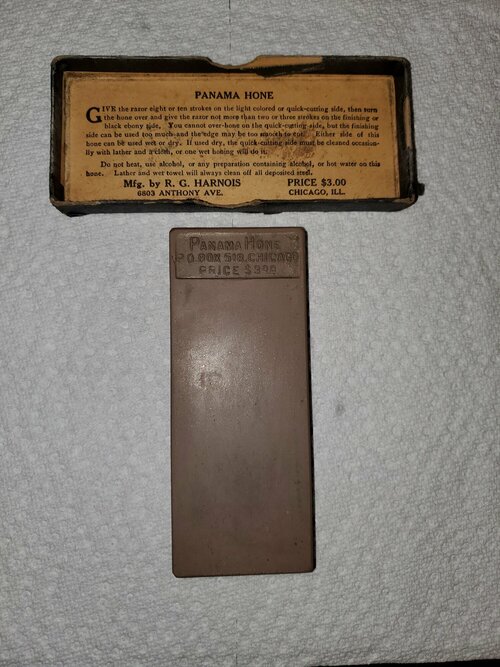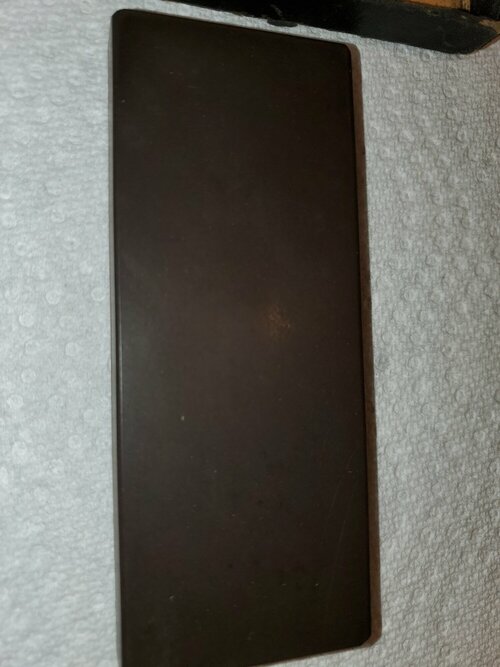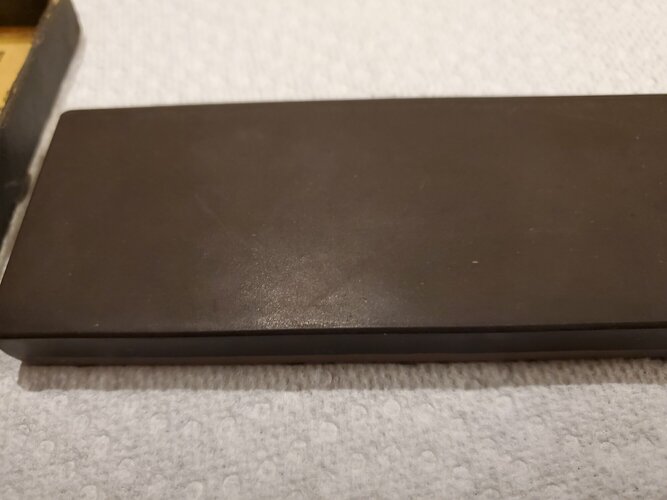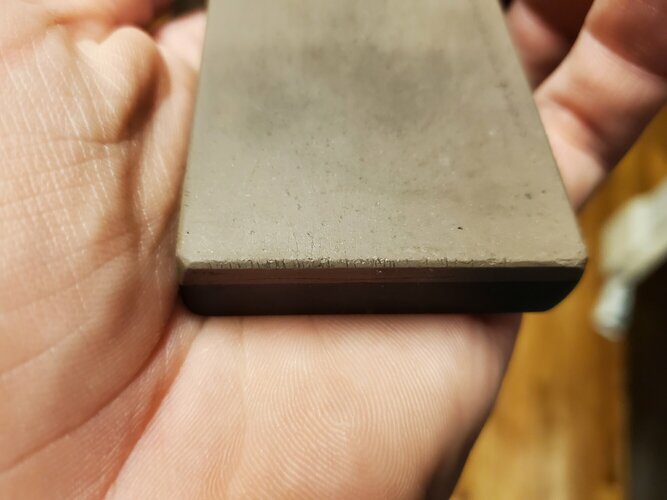Vintage Suehiro 6000 Jsynth
Got this in a lot in almost NOS condition. Box and papers look great, but no date anywhere. Based on look of the paper I'm guessing 45-53yrs old.
That suggests this could be any grit 6000+ (Back then I've heard that JIS rating stopped at 6k, so nothing Japanese got rated above 6000).
Doubt the modern examples are the same, reviews suggest they are soft, this stone is very hard for a waterstone.
In use... took about 200 passes to finish off the DMT 1200 it came with (which felt almost unused... was a duosharp that got used just for the C side I'm guessing... so probably not quite as nicely finished as off my daily DMT 1200)
This is a divergence from other tests (which went to DMT 8000 before), as I wanted to see how fast this stone was.
The edge was fairly solid in HHT. Not jaw dropping but good enough I gave it a shave test.
Shave test was telling. Definitely in the 3micron-1.5micron synth range (4k-9k JIS). It didn't struggle, but it had that abrasive, scraping feeling going ATG that finishes that are borderline have. Wasn't especially irritating though, so you could shave off it and not hate your life... but you'd probably want something a teeny bit finer to get rid of that drag. I'd say it's a really fine 6k... more in line with most 8k JIS stones I've tried than 6k ones.
Closeness was good for the grit. Stone on the whole outperforms a good number of Barbers synths.
Comfort: 41
Closeness: 38
Overall: 79
For a comparison, I took the razor back to the same DMT 1200, then honed it up again on my Sigma Power 6k.
Sigma Power much faster, and HHT close but maybe a tiny bit better (Edge seems less toothy/smoother off the sigma power). I'll Shave test it tomorrow and compare. Based on just use and HHT... seems the SP (modern) 6k has a tighter range of particle size and more particle density.
Pretty sure I have this same hone also Ian. My opinion is about the same as yours. The hone can run more to the 5k side if you push with some decent pressure and it starts to form a little slurry, but a little finer if you use very little pressure and keep a slurry from forming. Is yours a little on the softer side of the spectrum?







